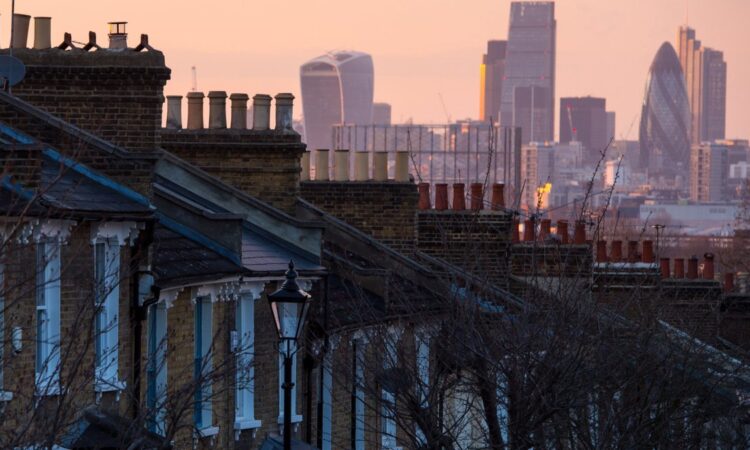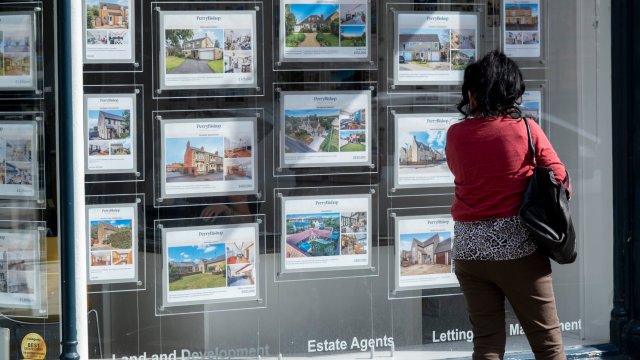
UK mortgage arrears have hit a seven-year high in the final quarter of 2023, according to Bank of England data, which reveals the impact of high borrowing costs on household finances.
The proportion of total loan balances with arrears rose to 1.23 per cent in the fourth quarter last year, up from 1.12 per cent in the previous three months, figures released on Tuesday showed.
“This is an inevitable consequence of the recent pressure on household incomes during a period of elevated mortgage rates,” said Lucian Cook, director of Residential research at Savills.
The Bank of England has increased rates from a historic low of 0.1 per cent to the current 5.25 per cent over the past two years. The rising cost of borrowing has led to a cooling in the demand for housing as more people struggle to meet their monthly payments.
Karen Noye, mortgage expert at Quilter, said the large increase in mortgage rates in the past two years was “really starting to bite for some borrowers and this is unfortunately causing them to fall into arrears as they simply can’t afford to keep up with their increased payments.”
Could increased arrears affect house prices?
For many households, the financial burden can raise the risk of having their home repossessed, which could mean an additional supply of housing stock to the market.
“Additional supply could worsen price falls,” said Cameron Misson, economist with the Centre for Economics and Business Research (CEBR).
But he added that the amount of people losing their homes will not be enough to supply the market so much so that prices drop dramatically.
Several lenders have increased mortgage rates recently, which is likely to be reflected in the rise of arrears, according to Mr Misson. “This could slightly dampen the recent rebound in housing market activity,” he said.
The level of outstanding payments remained below its peak of 3.64 per cent in the first quarter of 2009, according to Savills. In this period thousands of British people lost their homes and house prices have plummeted.
Since then, lower interest rates, a more proactive approach from lenders and more regulation have helped decrease arrears.
But even though the uptick over the past year indicates a reversal of that trend, economists and lenders do not expect house prices to fall further due to the increase in home loan arrears. “This time around housing supply is coming from a particularly bad place,” said Mr Misson.
“I think it’s unlikely we will see a significant downward impact on prices from the rise in mortgage arrears. Mortgage rates will continue their underlying downward trend, providing further boosts to housing demand,” he said.
Lucian Cook added that the level of people in arrears is only 8 per cent higher than the average for the past 10 years.
“Banks will keep a close eye on what is happening from here, but there is currently no risk to house prices,” he said.
Emma Fildes, founder of Brick Weaver, said she believes the arrears figures will have had some impact on house prices in the South of England.
“More generally, I see prices flatlining but it won’t stop sellers trying for higher prices initially off the back of recent house price index data. Many first-time buyers getting financial help with their deposit remain keen to get off the rental merry-go-round and start putting down long-term roots. This financial step-up means that any sign of a change in rates, largely expected around June, will encourage them to crack on before others join the fight,” she added.







